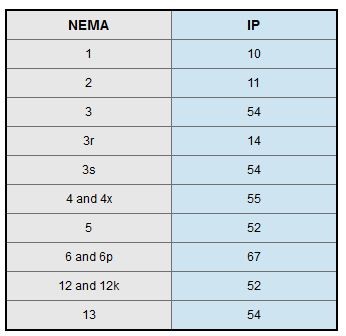What are IP-Rated Protection Vents, and What Are They Used For?
Articles | Automotive | Consumer Goods | Industrial | Membranes | Vent |
Dec. 13, 2019
Most consumers own a cell phone and a car. While they may know how to text on their cell phone and parallel park their car, they probably don’t know that both products contain a small IP rated protection vent that improves performance.
What is an IP rated protection vent?
Simply put, protection vents safeguard electronics.
For a more detailed definition, let’s break down the term.
IP means ingress protection, which means the vents control the flow of gases and liquids out of and into an enclosure.
The vents are IP rated, which means protection ability varies. To know how much protection a vent offers, a two-digit rating system is used.
The first number shows the degree of protection against solids like dust or sand, while the second digit shows protection against liquids like water.
Using the chart below, let’s say a vent has a rating of IP65. The 6 describes the level of protection from solid objects, which in this case is dust tight, no ingress dust. The 5 describes the level of protection from liquids, which in this case provides protection against jets of water and limited ingress is permitted.
A product’s needs determine the rating required for optimum protection.

What does an IP rated protection vent look like?
Automotive vents and electronic vents can vary in size and thickness, but in the case of a cell phone, the protection vent is a small, thin, circular sticker that’s inside the housing. When the phone heats up from use, the vent allows the heat to escape. At the same time, the vent also repels contaminants like dirt, sweat, and water.
Check out two quick videos to see where protection vents are located in a smartphone or a waterproof facial scrubber.
What are IP rated protection vents used for?
IP rated protection vents have a variety of uses. We’ve mentioned cell phones, but protection vents are also used inside car headlights and outdoor lighting.
Automotive lighting protection vents are found inside the headlight case. Automotive protection vents reduce buildup and condensation, which keeps water off of the lamp. In addition, the vent, made out of a robust porous material, repels water, dust, oil and other automotive fluids.
The automotive protection vents work similarly to vents found inside outdoor lighting fixtures. Highway lights, for example, contain a protection vent that controls pressure, reduces condensation, and keeps contaminates out.
Wrap up
IP rated protection vents help consumer products maintain peak performance, whether they’re used as electronic vents or automotive vents. To learn more, watch this demonstration on how protection vents work.
